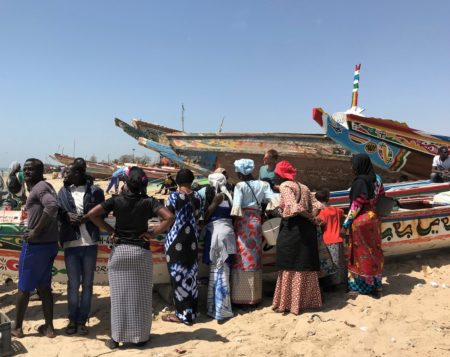Videos
I previously wrote about joining the new Peace Corps The Gambia Media Team. During our media training we were divided into three groups, assigned a topic to research, photograph and create a video. Those videos are now published, and this post will tell you more about each teams process, with links to the videos. I have also included a video produced by Harry Dwinell at the 2018 All-Vol conference.
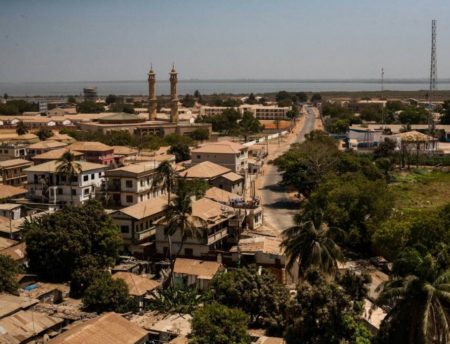
Team Members James Dillon, Caitlyn Winders, and Mayeen Mohammedi produced a video about Banjul, the capital of The Gambia. Banjul is on an island near the mouth of the Gambia River where it enters the Atlantic Ocean. The British arrived in 1816, founded a town and named it Bathurst after Henry Bathurst, the Secretary of State for the British Colonies. The British chose this location to control access to the Gambia River, in order to suppress the slave trade, and then developed a trading center for the West Africa region. In 1889, the town was declared the capital of the newly established Crown Colony and Protectorate of Gambia. It became the capital of the British colony of Gambia in 1947, then became the capital of The Gambia when it gained independence in 1965, and officially changed its name to Banjul in 1973. The name Banjul was derived from the native Mandinka term bang julo which refers to using bamboo to make rope.
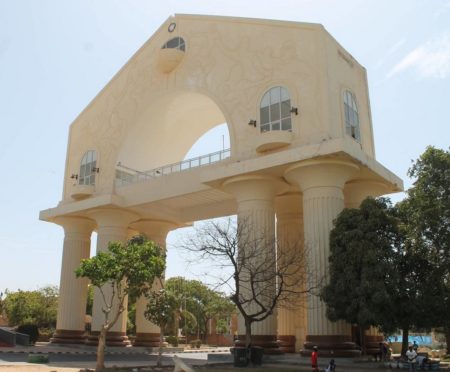
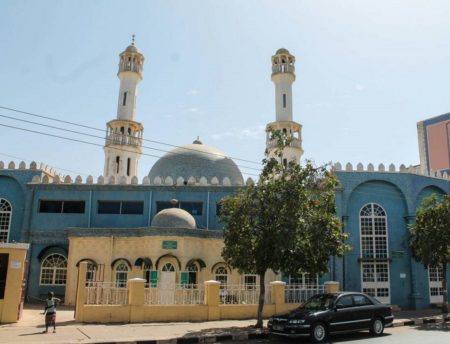
James, Mayeen and Caitlyn said taking photos and making the video was a very dynamic and collaborative experience. Banjul was not as busy as they expected the day they visited, and they weren’t sure what their theme would be when they arrived in this historic city. Viewing the many artistic and entertaining elements, like a unicorn on a taxi or children dancing, they perceived the funky energy of the area. Banjul was definitely distinct compared to Kombo where us volunteers spend most of our “city” time. Visit Caitlyn’s blog post for more photos and a description of her experience – chasing-peace.
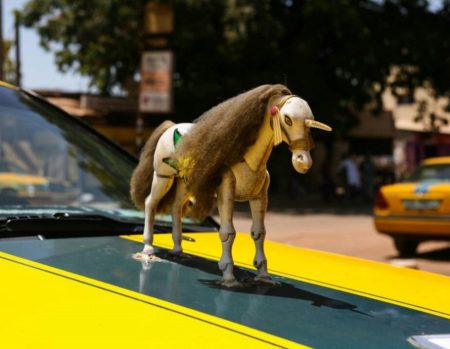
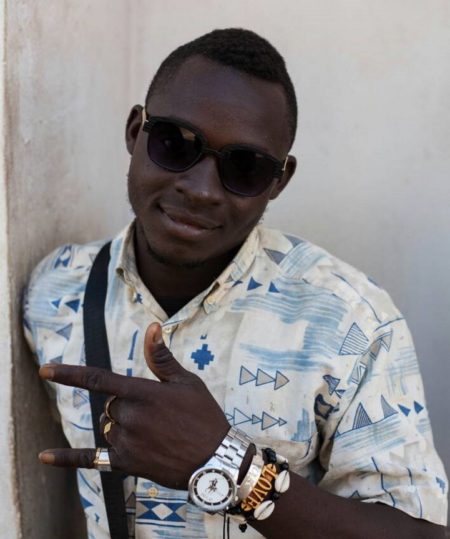
View this teams video – Banjul’s Funky Side – on YouTube.
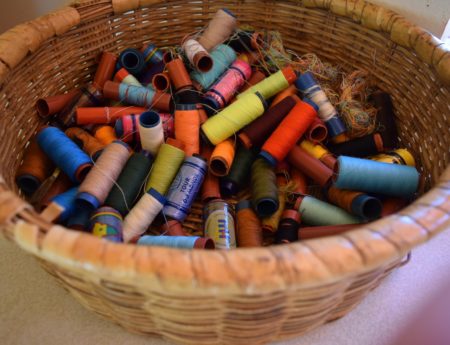
PCVs Pamela Vargas, Vanessa Figueredo, Keeley French and Jenny Hamm were given the assignment to explore the work and artistry of two Gambian tailors, Jay Jagne and Yankuba Saidy. Most tailors are men, so it was interesting to interview a woman tailor, and they discovered Jay’s daughter has also become a tailor. They said it was fun and challenging to combine the two different tailors stories into one cohesive video.
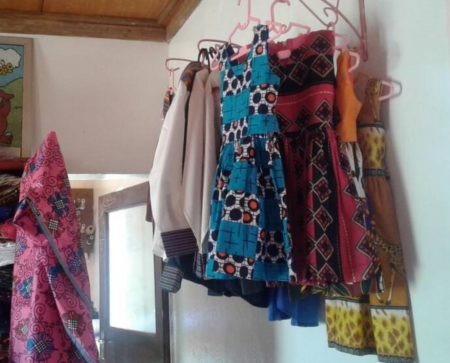
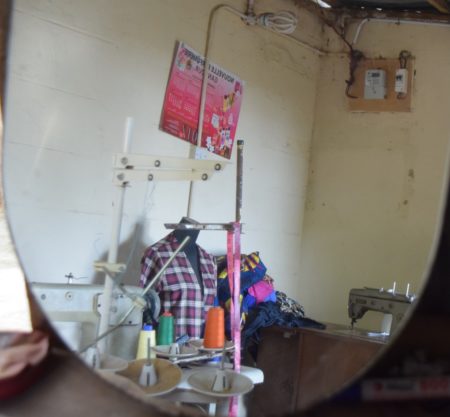
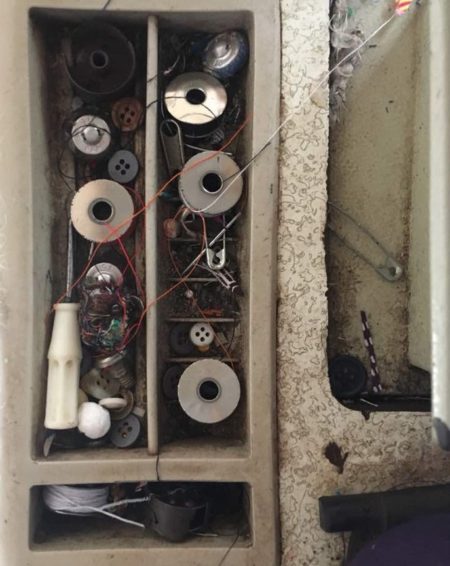
The Gambia and all of West Africa is famous for the colorful fabrics and elaborate tailored clothes made at a reasonable price. There are tailoring shops and stalls virtually everywhere, in cities and small villages. Purchasing fabric from the huge available selection, and having an outfit made is a one of the highlights of living here. It was fascinating for Jenny, Vanessa, Keeley and Pam to interview these two tailors, even though at first the tailors were a bit uncomfortable having their photos taken, but they soon relaxed and shared their personal stories. The team asked how they got started, what was difficult, and what they enjoyed most. Jay’s clientele is a bit more upscale than most tailors, and some of her garments have been exported to Europe and America. Yankuba’s shop is near the Peace Corps transit house in Kombo, and he has tailored for many PCVs over the years.
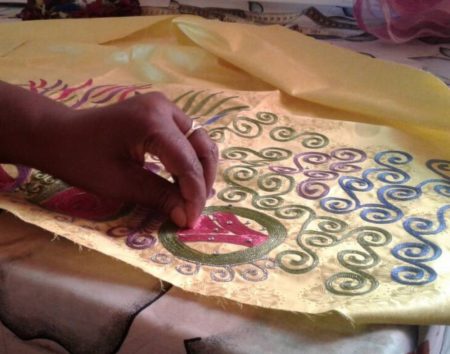
View this teams video – Behind the Lining – on YouTube.
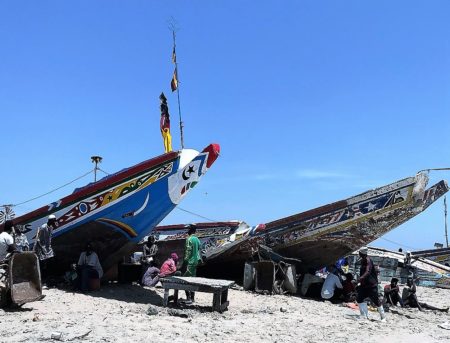
I was on a team with Dan Wolin and Harry Dwinell and we were assigned the Tanji Fish Market. It was super cool to have Dan and Harry as team partners. Harry is an accomplished photographer-videographer, shared many tips with me about how to take good pictures, and he really gets involved with his subject. Unfortunately, Dan’s phone was out of power so he couldn’t take photos, but he was great at making friends with the fisher people which allowed us to be more accepted and get some great shots.
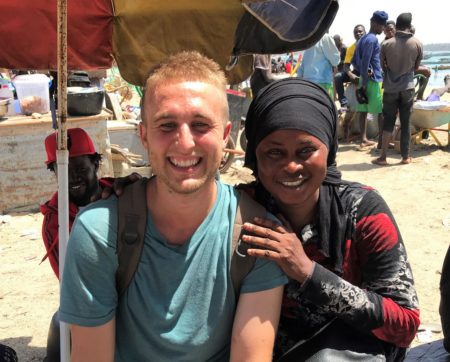
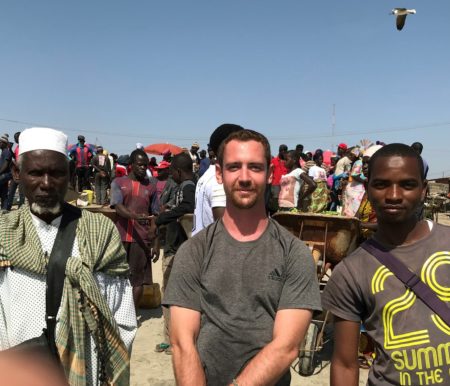
When we arrived, Tanji was teeming with activity which seemed frenzied and chaotic, but surprisingly efficient. Fortunately there was an ocean breeze that made the odor of fish, innumerable amount of flies, and mid-day sun tolerable. Seagulls hovered overhead looking for scraps, and fishermen were bringing in the catch from the long African pirogues that were decorated with colorful geometric shapes. Nets and boats were being repaired, women were cleaning and processing the large variety of fish, and lines of wheel barrows were ready to accept the buckets of fish carried to shore. The whole scene was an undulating mass of color.
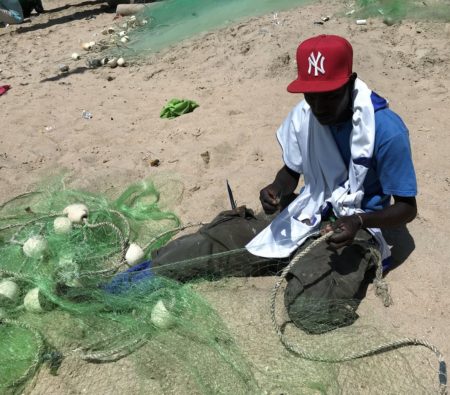
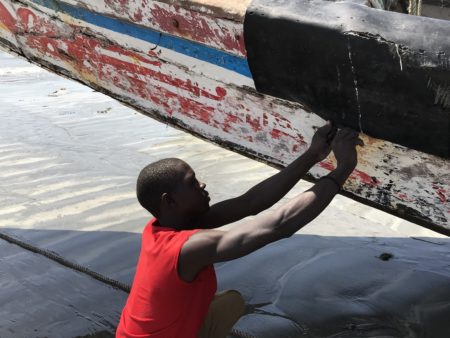
The majority of the catch consists of shad, with around 40% of that preserved by smoking or drying. The other species harvested are marine catfish, barracuda, sharks, and sardinella. Tanji is a vibrant subsistence fishing community incorporating the harvesting, smoking, drying, refrigerating and merchandising to the export and local markets. Fish is a major source of protein for all Gambians.
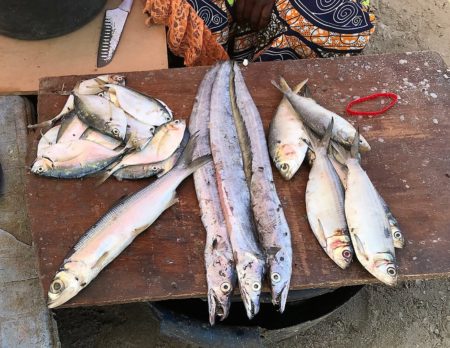
Tanji is also a popular tourist stop on their way to the privately run Tanji Village Museum. The museum is made up of grass thatched mud huts that hold the exhibits of ethnographic artifacts, such as traditional musical instruments, and antique furniture. The displays are labelled with helpful accompanying descriptions of each. There is also a photo gallery section on various birds, fish, Gambian plant species and their medicinal properties, as well as local history and culture.
View our video – Tanji – on YouTube.
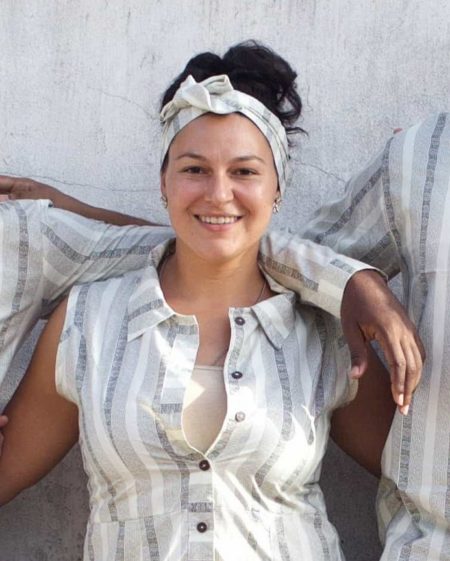
During the talent show on final evening of the 2018 All-Vol Conference, 3rd year PCV Gabriela, presented a poem that her cohorts wrote collectively at their group’s Close-of-Service conference in October 2017. The poem is reflecting on their time as Peace Corps Volunteers in The Gambia.
“Take a moment. Just five seconds
Think of a person that has made you feel special
Made you feel that you matter
Breathe … hold on to that.
The perfect strangers who took in this
Culturally inappropriate toddler who
Barely spoke more than an asalamalekum
Who taught me their tongue
Who showed me their ways
Who welcomed me to their food bowls
And who loved me like family
What I want to remember is
Walks with my host father
Taking the cattle
Discussing the birds and the bush herbs
My grandmother’s toothless smile
As she sings to her grandchild
And uses the cheese grater silofando
To shred her cola nuts
I will miss you
I will miss you reaching your tiny arms at me each morning
How you smile sincerely, looking
Directly into my eyes as I carry you
Happy, chubby hope
I no longer fear rats, snakes, konkurangs and scorpions
I fear a bad harvest
An infants fever
A brother going the backway
A sister getting pregnant before finishing school
But above all,
I miss having to say goodbye
The knot inside, tangled and choking
Never seems to go away
If I only had one more day
One more chance to give a piece of myself to your dream
We knew this would come
Love and courage carried us
To bittersweet end
We are all just lost souls
Scooping from the rice bowl
Year after year
I got lost in the bush
And reflected on my life
And now I see the paths everywhere
New opportunities
Avenues to take
Dirt paths yet to venture
Bridges yet to cross, yet to be built
And now I find myself here
27 months later”
View the YouTube video produced by Harry Dwinell at All-Vol 2018
